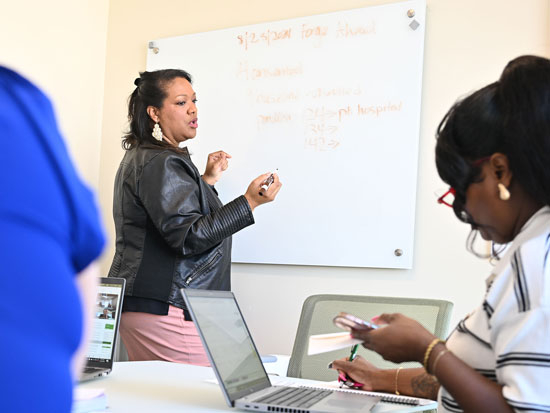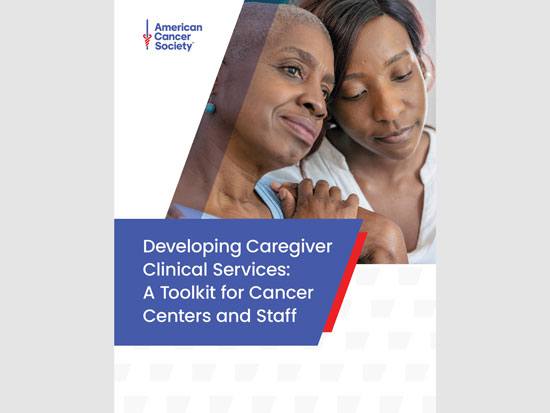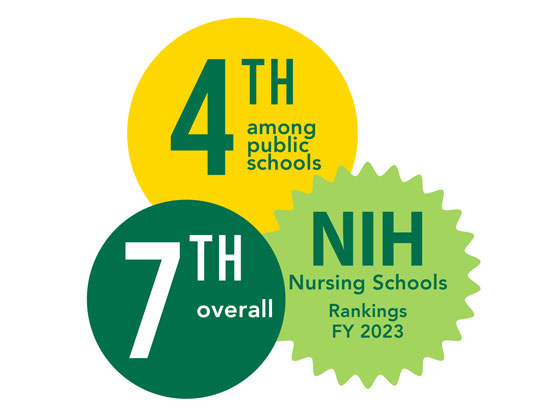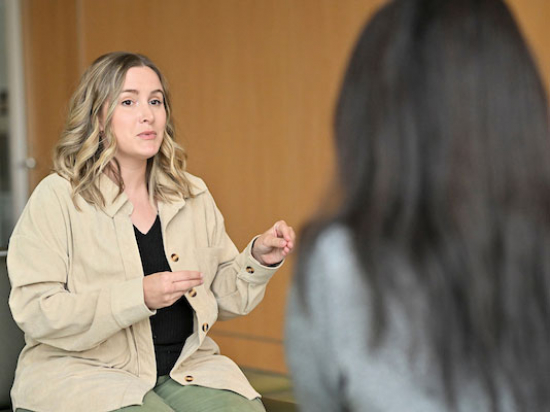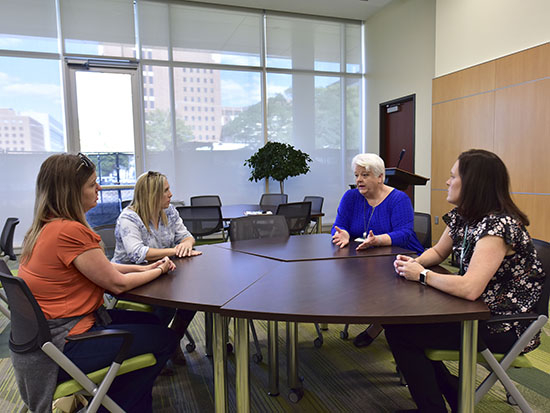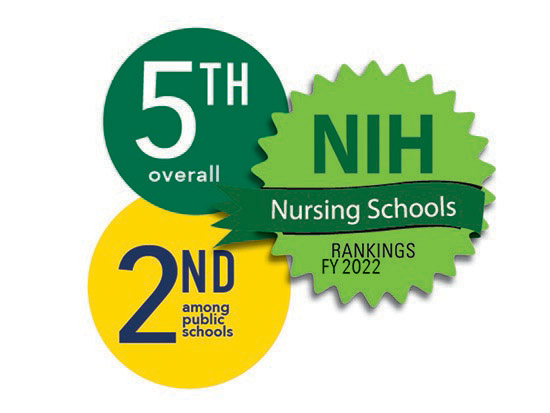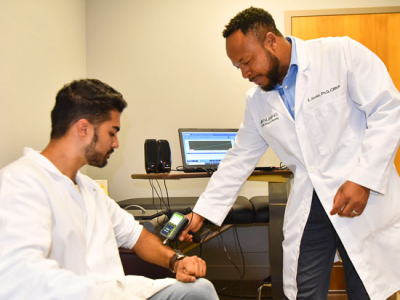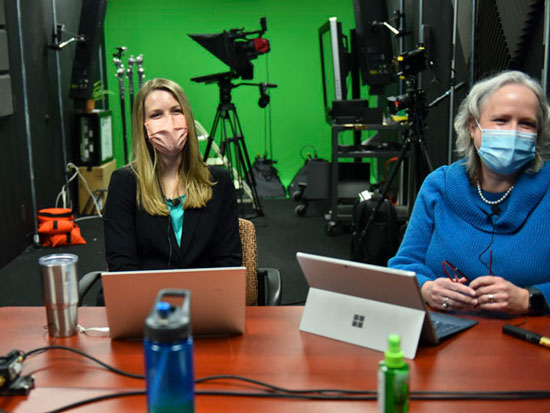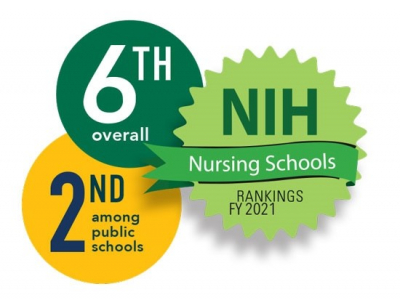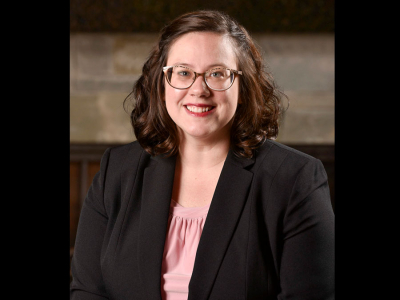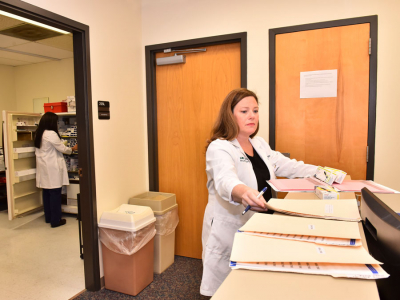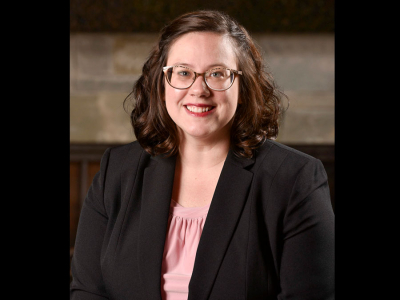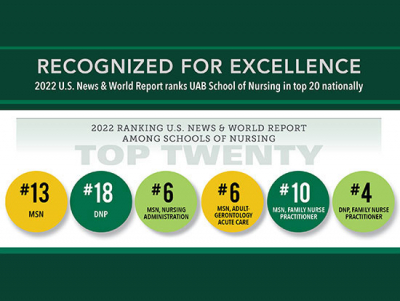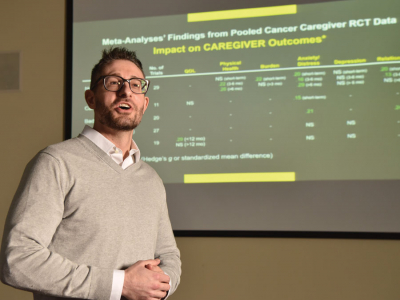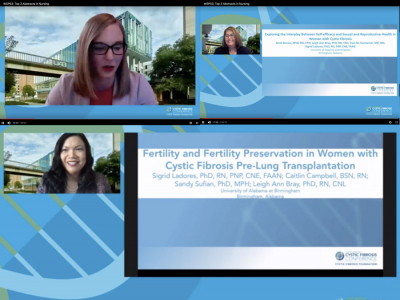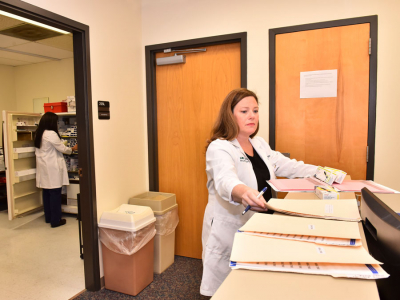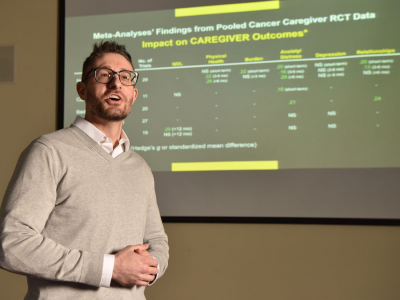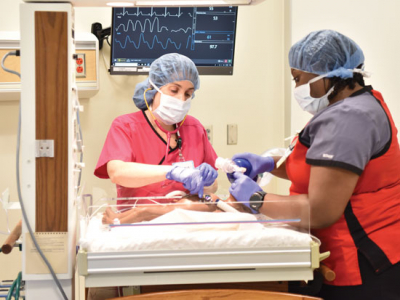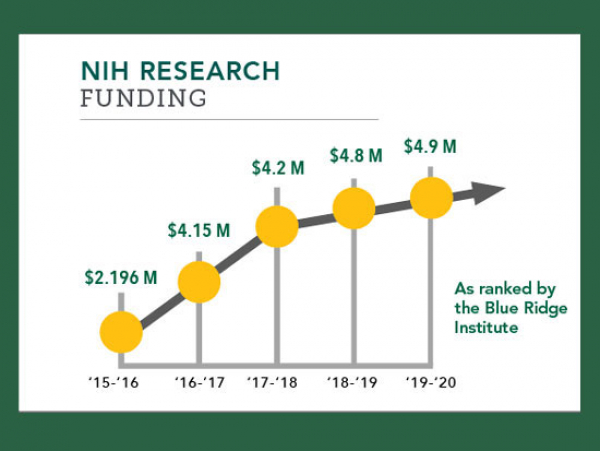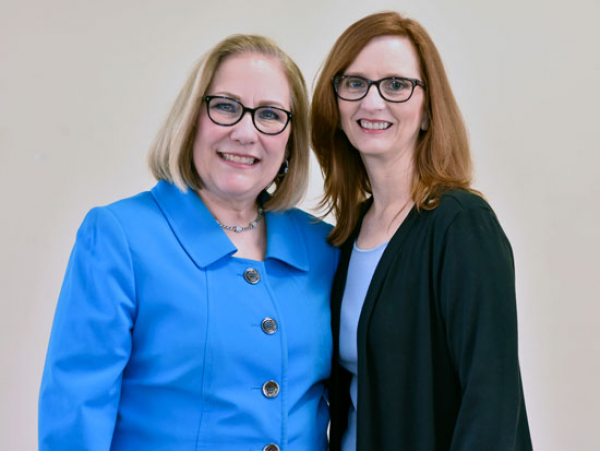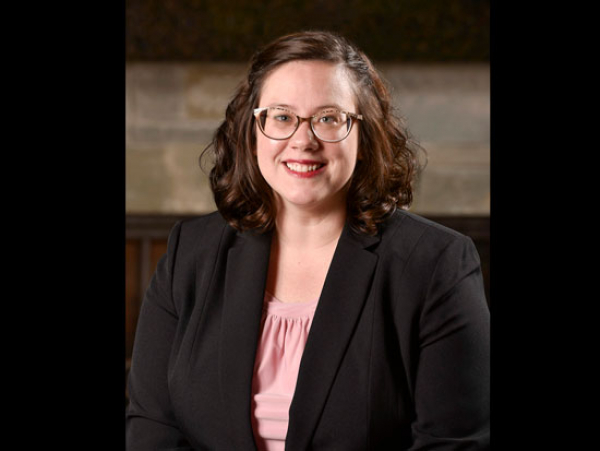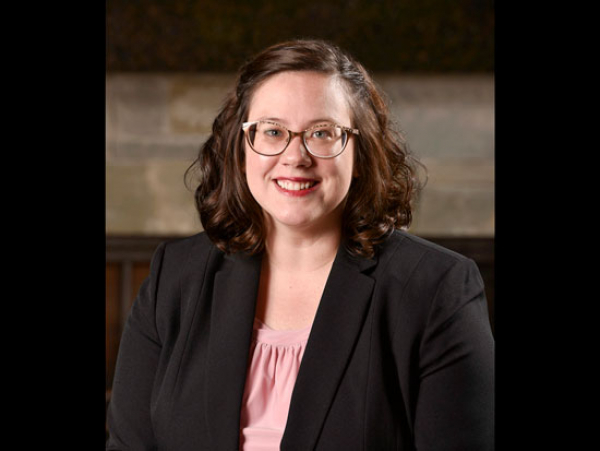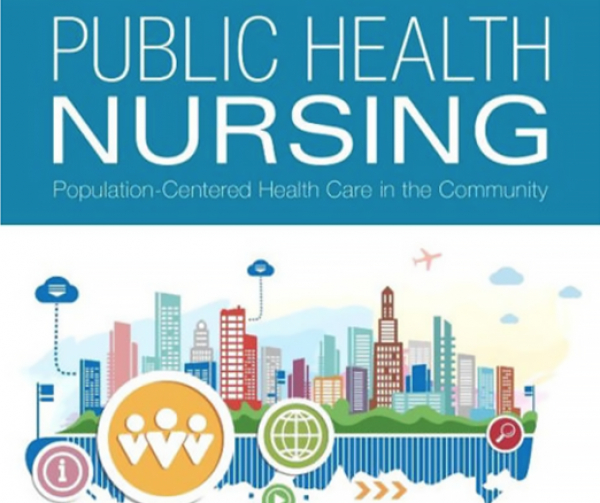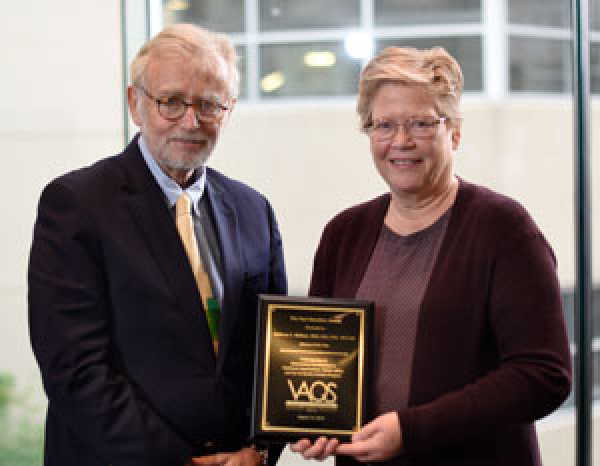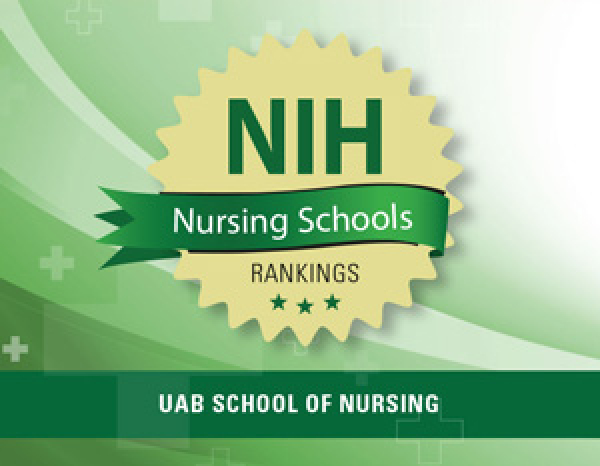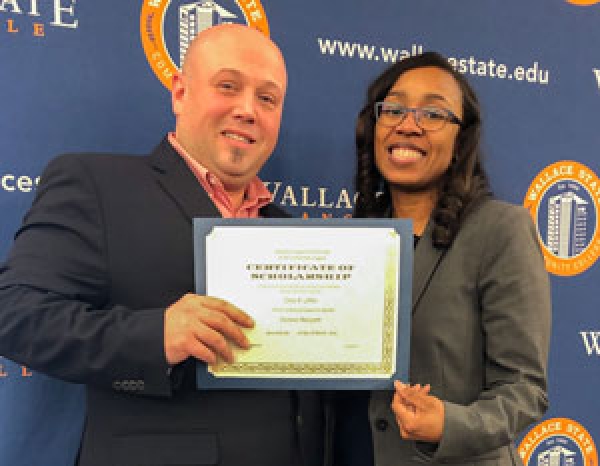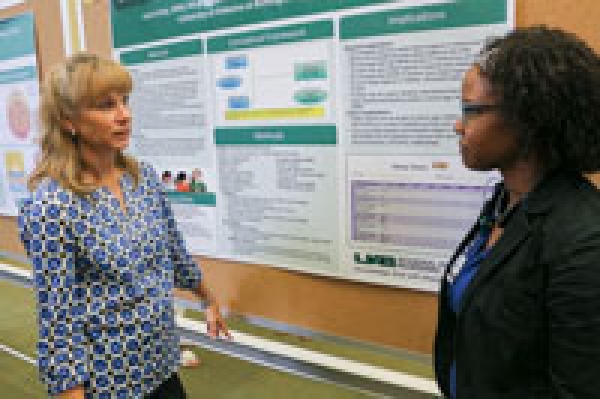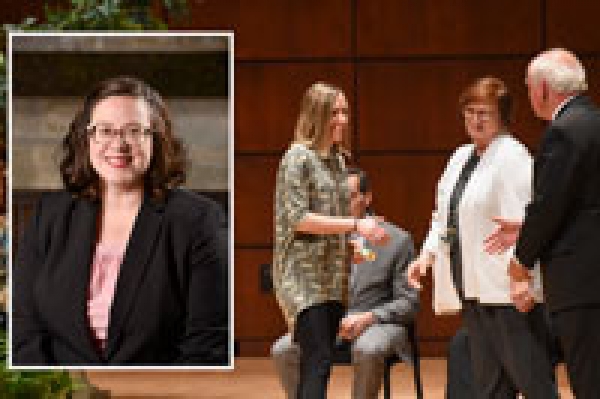University of Alabama at Birmingham (UAB) School of Nursing Donna Brown Banton Endowed Professor Pat Patrician, PhD, RN, FAAN, and PhD student Pauline Swiger, MSN, RN, CMSRN, CNL, have each received grants from the prestigious TriService Nursing Research Program (TSNRP) to further their research into various aspects of military nursing.
Patrician, a retired U.S. Army colonel and 26-year veteran of the U.S. Army Nurse Corps, received a two-year, $400,000 award for her study “Impact of Nursing on Readmissions, Failure to Rescue & Mortality in DoD Hospitals.”
Swiger, a U.S. Army lieutenant colonel, received a two-year, $14,193 award for her study “What Practice Environment Features are Related to Particular Patient Outcomes?”
 Pauline SwigerFor Swiger, receiving her first TSNRP grant at the same time her mentor, Patrician, was funded makes it extra special.
Pauline SwigerFor Swiger, receiving her first TSNRP grant at the same time her mentor, Patrician, was funded makes it extra special. “To have my name up there with those here at the UAB School of Nursing who have been funded through the TSNRP before, like Dr. Patrician and Dr. Lori Loan, is truly amazing,” Swiger said. “I am excited and very honored.”
Swiger’s study is a secondary analysis of four years of data collected through surveys (called the Practice Environment Scale of the Nursing Work Index or PES-NWI) from 45 units at 10 military hospitals on the practice environments for nurses at those hospitals. Within her study Swiger will examine five factors relating to the nursing practice environment and five patient outcomes to determine if the quality of the nursing practice environment in military hospitals is associated with patient outcomes in the same way it is in civilian hospitals.
The five factors relating to the practice environments are: nurse participation in hospital affairs; nursing foundations for quality care; nurse manager ability, leadership and support of nurses; staffing and resource adequacy; and collegial nurse-physician relationships. The five patient outcomes are: medication administration with and without harm; falls with and without injury; and patient experience.
“Multiple studies have shown that hospitals with good nursing practice environments, factors which help nurses practice professionally and provide high-quality care, have better patient outcomes,” Swiger said. “If a hospital rates high in that area, nurses are generally more satisfied with their work environment so they have better overall job satisfaction, and the hospital has better retention rates.
“When you have high practice environment scores, you generally have better patient outcomes, which is the goal we are all striving for.”
The purpose of Patrician’s study is to investigate the relationships between practice environment, nurse staffing, mortality, readmission and instances of failure to rescue (FTR) – death from the failure to recognize and appropriately respond to early signs of patient deterioration -- in military hospitals and compare the findings with those from a set of civilian hospitals.
Using the PES-NWI and staffing data from all 23 U.S. Army and multiservice hospitals for the years 2011 to 2014, Patrician will evaluate whether professional nursing practice environments and nurse staffing in military hospitals are associated with the 30-day rates for mortality, readmissions and FTR.
She will then compare the professional nursing practice environment, nurse staffing and patient outcomes in military hospitals with those of civilian Magnet hospitals – those that have been recognized by the American Nurses Credentialing Center after demonstrating excellence in patient care in more than 35 focus areas – and non-Magnet hospitals.
“This is the first effort in the military to explore the impact of nursing on mortality, readmissions and FTR,” Patrician said. “There are a lot of problems nurses can help avert if they have enough staffing, if their practice allows them recognize and act on pending patient problems and if the professionalism to do so is encouraged.
“Those are the mechanisms by which we believe nurses influence mortality, readmissions and failure to rescue, and that is what my study will be looking at.”
Like Swiger, Patrician was pleased that TSNRP funded their projects at the same time.
“To get a TriService grant you must go through a peer-review process that is very stringent,” Patrician said. “However, when you go through the process and receive a grant, it means that someone external to you or your program has reviewed your work and deemed it good enough to receive important funding that many others are trying to get. That is validation of Pauline as a researcher and me as a mentor, and that is thrilling for both of us.”
For more information about the UAB School of Nursing PhD program, click here.

